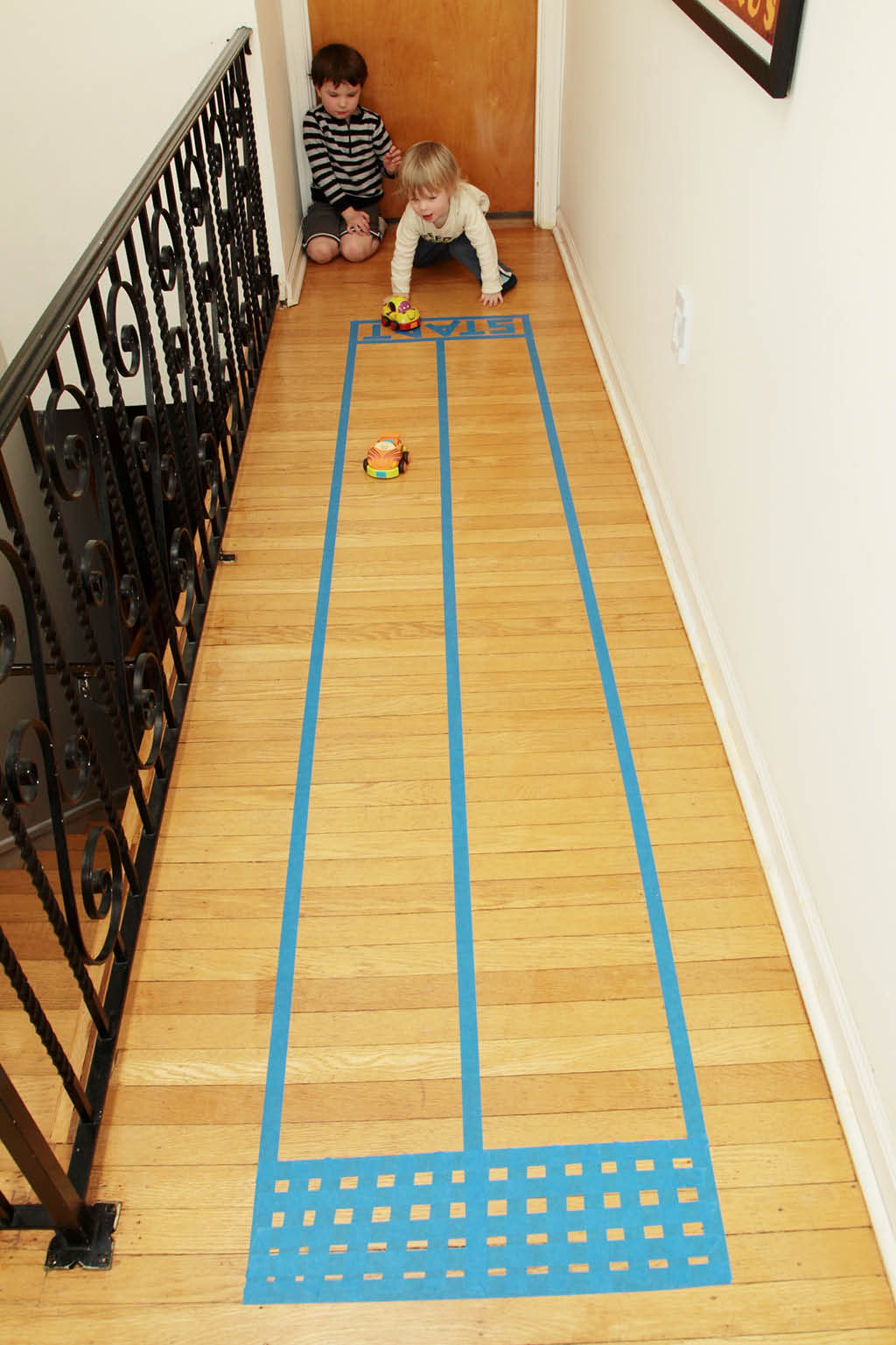

However, most people overlook the importance of painter's tape. Since 2020, Google has reported a 250% increase in searches for "best interior paint," and fascination with paint doesn't stop there.
USING PAINTERS TAPE HOW TO
We hope you found it useful.Painters Tape: How To Choose and Use It the Right Way So, in the preceding post, we discussed the tried and true methods of using painter’s tape. We’ve all heard that the proper use of painter’s tape can make or break a job. Regardless of the type of painter’s tape you used, you must probably wait three days before removing it.

You won’t be capable of removing your tape while the paint is still wet it’s critical to invest in a high-quality tape that can be securely left on for many days.

Remove all of the tapes from the walls, moldings, and wherever else you’ve used them to show your completed job. Pull the tape at the base when you’ve removed a foot of tape. Gently pull the tape at a 45-degree angle. You may remove the tape after the paint is dry to the touch. Remove the Tape Without Peeling off the Paint Just be careful not to overload the tape with too much paint. While some paint may get on the tape, that’s okay – the tape is there to protect your floors and ceilings. From there, you can use a technique called “carving in,” where you paint around the border first and then fill in the rest of the wall. This will protect those areas from unwanted paint and help you achieve clean lines. One helpful tip is to begin by applying painter’s tape to all borders, such as where the wall meets the ceiling or trim. When it comes to painting a room, getting started can be daunting. Instead of applying a complete run of tape and then flattening it, it’s easier to push the tape down and smooth it out as you go. Laying tiny amounts of tape at a time can aid in keeping your tape straight.įlatten the tape down with your hands as you apply it to your borders to verify that it sticks properly and that there are no creases or dust particles that might prevent you from getting a clean, straight line. Begin by placing 6″ of tape on your surface, then unrolling another 6″ of tape. While putting painter’s tape to baseboard trim, choose a flexible putty dagger to create pressure as you set your tape line for the greatest results. How to Apply Painter’s Tape to Baseboards and Trim The next step is to push down the tape’s tip to ensure that it is completely sealed. Rather than trying to tape exactly down the middle of the corner, extend the tape 1/8″ away from the corner, at which a straight line will be simpler to achieve. This technique will help you achieve crisp, clean lines every time. Once the paint has dried, use tape designed for use with fresh paint (such as 24-hour tape) to mask off the freshly painted side. Start by painting the first color around the corner or ceiling edge. However, there’s a simple trick to achieving perfectly painted corners and edges. Getting a straight line while painting can be a challenge, even when using painter’s tape. How to Apply Painter’s Tape to Interior Corners and Ceilings Cut the tape at an angle to suit the corners.

Start at one corner of the room and rip off lengths of tape no bigger than your arm in each direction. Taping off the ceiling line or the baseboard is a good place to start when painting interior walls. You may begin applying your painter’s tape after you have a dry, clean surface. If the surface is oily, clean it with soap and water before allowing it to dry fully. Make sure the moldings and any other areas where the tape will be applied are clean before you begin. The Steps You Need To Follow To Get Flawless ResultsĬlean the Surface Properly Before Applying Painter’s Tape What You Will Need To Follow This Tutorial In this article, we’ll provide you with the guidance you need to use painter’s tape like a pro. But with the right tips and techniques, these problems can be easily solved. Issues like paint bleeding, flaking, and poor adhesion can make using painter’s tape frustrating. While painter’s tape is a commonly used tool in the painting process, it can be tricky to work with for some people.


 0 kommentar(er)
0 kommentar(er)
